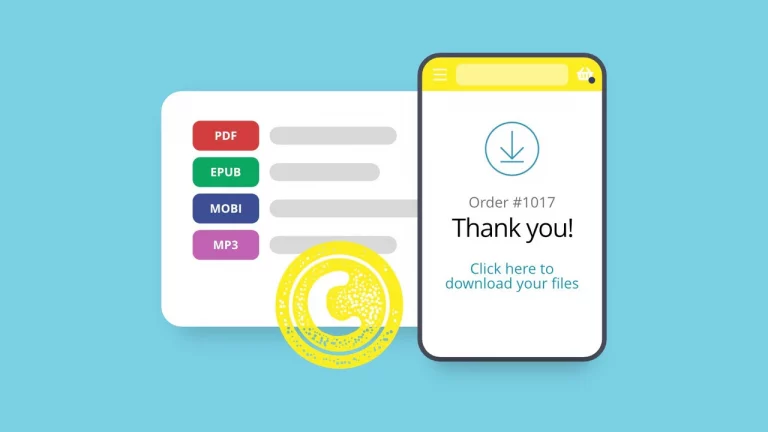
No século XXI, a tecnologia se tornou uma aliada poderosa em diversas esferas de nossas vidas. Uma área em constante evolução é a educação, e isso se estende ao aprendizado de habilidades práticas, como a condução de automóveis. Com a ascensão dos smartphones e o avanço das aplicações móveis, surgiram aplicativos dedicados ao ensino e aprimoramento das habilidades para dirigir.
Esses recursos inovadores têm o potencial não apenas de transformar a forma como aprendemos a dirigir, mas também de aprimorar a segurança nas estradas e democratizar o acesso à educação automotiva.
A condução de veículos é uma habilidade crucial, mas muitas vezes, o processo de aprendizado é desafiador e caro. Nesse contexto, aplicativos voltados para o ensino de direção surgem como uma solução acessível e eficiente. Ao proporcionar uma experiência interativa e personalizada, essas plataformas conseguem atender às necessidades individuais de aprendizes, oferecendo uma alternativa moderna aos métodos tradicionais de instrução.
Os aplicativos de aprendizado de direção destacam-se pela capacidade de personalização. Diferentes aprendizes têm ritmos e estilos de aprendizagem variados, e essas plataformas conseguem adaptar-se a essas diferenças.
Através de algoritmos inteligentes, os aplicativos analisam o desempenho do usuário, identificando áreas de melhoria e ajustando o conteúdo de aprendizado de acordo.
Isso cria uma experiência única para cada usuário, maximizando a eficácia do ensino. Uma das características mais marcantes desses aplicativos é a inclusão de simulações realistas.
Ao oferecer ambientes virtuais que reproduzem situações reais de trânsito, os aprendizes têm a oportunidade de praticar suas habilidades em um ambiente seguro e controlado. Essas simulações não apenas ensinam as regras básicas da estrada, mas também preparam os motoristas para lidar com condições adversas, como chuva, neblina e tráfego intenso.
A conectividade dos aplicativos para aprendizado de direção também desempenha um papel crucial. Muitos desses programas estão integrados a sistemas de GPS em tempo real, permitindo que os usuários recebam informações atualizadas sobre condições de tráfego, construções e outros eventos relevantes.
Essa funcionalidade não apenas aprimora a experiência de aprendizado, mas também promove uma condução mais segura e eficiente após a obtenção da carteira de motorista. A constante avaliação e feedback são elementos fundamentais para o aprendizado eficaz.
Os aplicativos para aprendizado de direção oferecem feedback imediato após cada atividade, identificando erros e destacando pontos fortes. Esse processo contínuo de avaliação permite que os aprendizes compreendam suas áreas de dificuldade, incentivando a prática focada e acelerando o processo de aquisição de habilidades de direção.
Em comparação com as aulas de direção tradicionais, os aplicativos oferecem uma opção mais acessível e sustentável. A necessidade de aulas práticas frequentes pode tornar o aprendizado de direção oneroso para muitos.
Os aplicativos proporcionam uma alternativa econômica, permitindo que os usuários aprendam no seu próprio ritmo, sem pressões financeiras excessivas. Isso contribui para a democratização do acesso à educação automotiva. A natureza dinâmica dos aplicativos permite a incorporação fácil de atualizações e melhorias.
Conforme novas tecnologias e descobertas no campo da direção segura surgem, essas plataformas podem rapidamente integrar essas inovações, garantindo que os aprendizes estejam sempre atualizados com as melhores práticas e regulamentações de trânsito.
Além de ensinar habilidades práticas, os aplicativos para aprender a dirigir têm o potencial de promover a conscientização sobre a importância da segurança nas estradas. Módulos educativos que abordam questões como direção defensiva, respeito às leis de trânsito.
Entretanto, a utilização de smartphones é quase ubíqua nos dias de hoje. Essa ubiquidade torna os aplicativos de aprendizado de direção acessíveis a uma ampla gama de pessoas, independentemente de sua localização geográfica ou condição socioeconômica.
Essa acessibilidade universal contribui para a redução das discrepâncias no acesso à educação automotiva e, por conseguinte, na formação de condutores mais qualificados e seguros.
Em suma, os aplicativos para aprendizado de direção representam uma revolução no modo como adquirimos habilidades automotivas. Sua capacidade de personalização, simulações realistas, acesso à informação em tempo real e feedback construtivo contribuem significativamente para a formação de motoristas competentes e conscientes.
A colaboração entre aplicativos de aprendizado de direção e instituições educacionais forma uma parceria benéfica. Essa integração permite que as escolas de direção tradicionais incorporem recursos digitais em seus currículos, otimizando o processo de ensino.
APP DIRIGIR PELO CEL | iOSAlém disso, a acessibilidade universal e a integração com instituições educacionais apontam para um futuro em que o aprendizado de direção seja mais eficiente, acessível e alinhado com as demandas de uma sociedade cada vez mais conectada e tecnológica. À medida que esses aplicativos continuam a evoluir, é possível que testemunhemos uma transformação ainda maior na forma como concebemos e realizamos o aprendizado de direção.